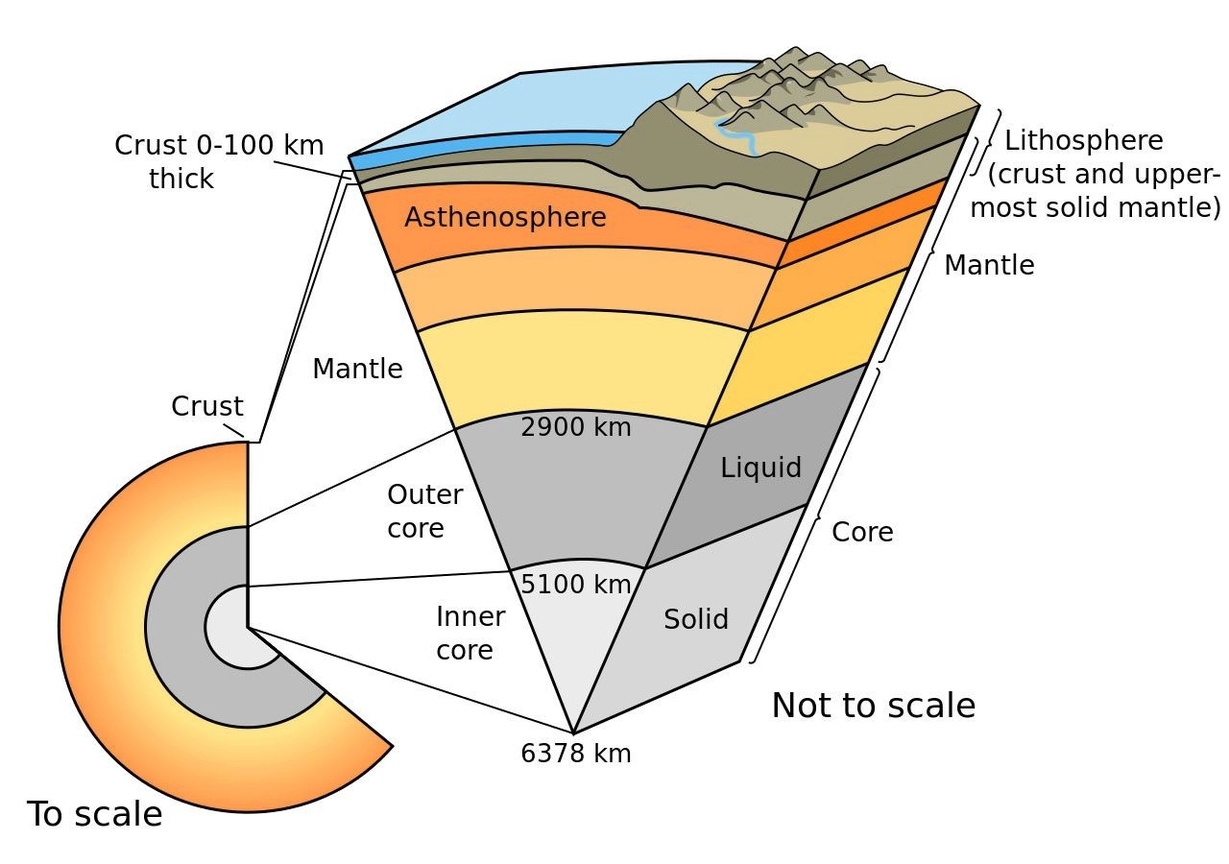
Landforms are natural features that shape the Earth’s surface. They are the result of various geological processes and can be found across the planet, encompassing a wide range of shapes, sizes, and formations .
The four major types of landforms are mountains, hills, plateaus, and plains. Mountains are the highest and most rugged landforms, with steep slopes and high elevations. Hills are smaller than mountains and have gentler slopes. Plateaus are flat-topped landforms that rise sharply above the surrounding terrain. Plains are flat or gently sloping landforms that stretch over large areas .
Minor landforms include buttes, canyons, valleys, and basins. Buttes are isolated hills with steep sides and flat tops. Canyons are deep, narrow valleys with steep sides. Valleys are low areas between hills or mountains, often with a river or stream running through them. Basins are low-lying areas surrounded by higher land .
Tectonic plate movement under Earth can create landforms by pushing up mountains and hills. Erosion by water and wind can wear down land and create landforms like valleys and canyons. Both processes happen over a long period of time, sometimes millions of years. It took six million years, in fact, for the Colorado River to carve out the Grand Canyon in the U.S. state of Arizona. The Grand Canyon is 446 kilometers (277 miles) long .
The highest landform on Earth is a mountain: Mount Everest in Nepal. It measures 8,850 meters (29,035 feet) above sea level. It is part of the Himalaya range that runs across several countries in Asia .
Landforms can exist under water in the form of mountain ranges and basins under the sea. The Mariana Trench, the deepest landform on Earth, is in the South Pacific. It measures 11,000 meters (36,198 feet) at its deepest .
In summary, landforms are natural features that shape the Earth’s surface. They can be found across the planet, encompassing a wide range of shapes, sizes, and formations. The four major types of landforms are mountains, hills, plateaus, and plains. Minor landforms include buttes, canyons, valleys, and basins. Tectonic plate movement and erosion by water and wind are two processes that can create landforms. The highest landform on Earth is Mount Everest, while the Mariana Trench is the deepest landform on Earth ..
